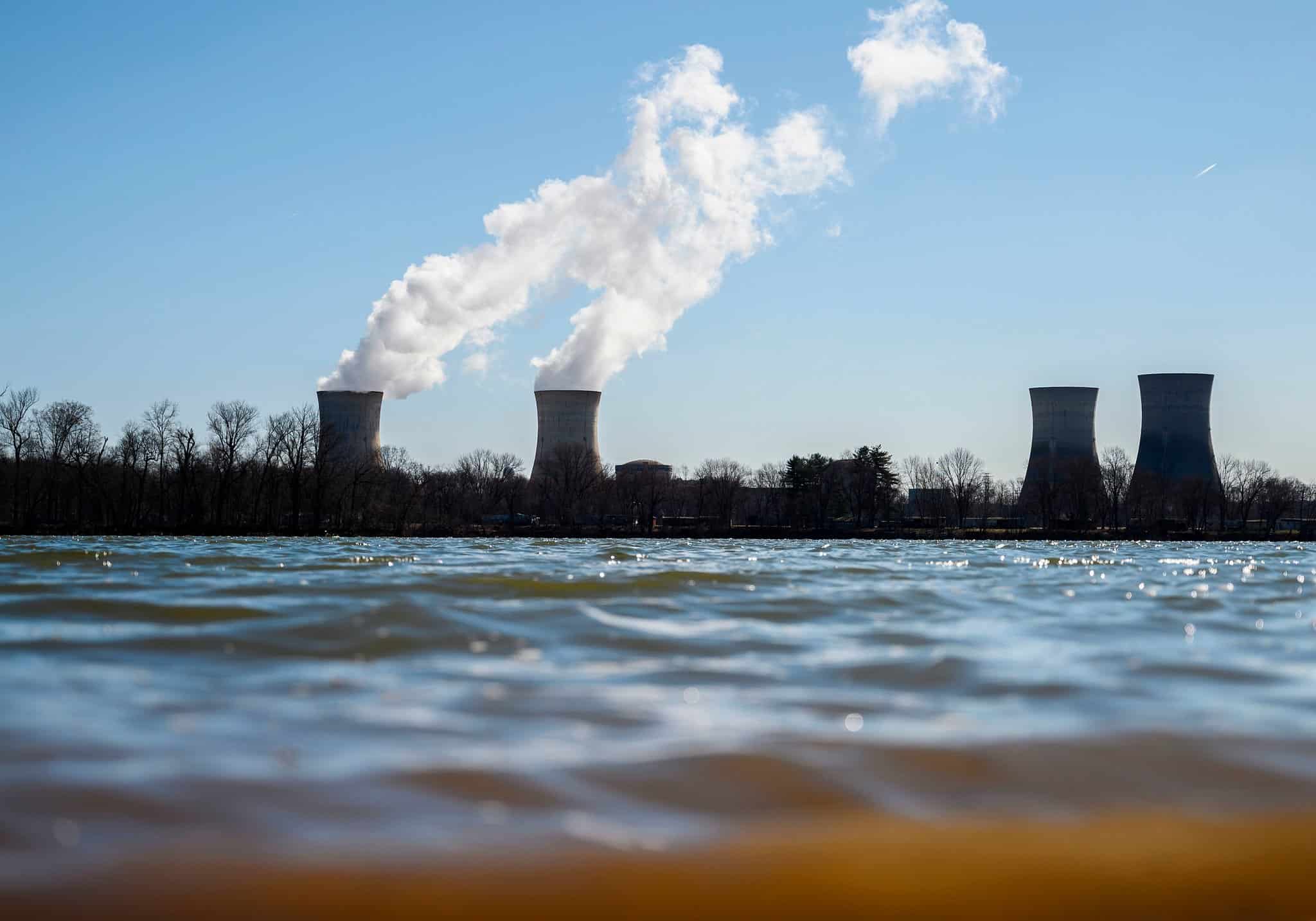By Todd Allen
Originally Published in The Hill
This year, the U.S. will set new Nationally Determined Contributions toward mitigating climate change, building on the Paris climate agreement. As promises for greenhouse gas reductions become more ambitious, international forecasts projecting that nuclear may contribute at most 10 percent of the global energy supply by 2050 are not ambitious enough. These analyses miscalculate because they don’t take emerging nuclear technologies into account. And they don’t consider the magnitude of the challenge to decarbonize energy faster as the risks due to climate change grow. Our Nationally Determined Contributions should explicitly include nuclear energy.
When the Paris Agreement was signed at COP21 in 2015, 197 countries agreed to take steps to limit the global temperature rise to well below 2 degrees Celsius, and if possible, strive for 1.5 degrees Celsius. Each would reduce its greenhouse emissions according to their National Determined Contribution. Since the time of the agreement, atmospheric emissions have continued to accumulate, suggesting that deeper cuts are needed to decarbonize. In 2021, nations are reassessing their ambition and updating their plans for carbon mitigation as well as for adaptation, particularly in countries with high climate risks. The 26th UN Climate Change Conference is scheduled to begin on Nov. 1, 2021.
In the lead up to COP26, President Biden, who has reentered the U.S. in the Paris Agreement, invited 40 world leaders to the Leaders Summit on Climate going on now. This event, scheduled over Earth Day, is intended to commit to stronger climate action by pledging to curb greenhouse gas emissions to at least 50 percent below 2005 levels by 2030. Why is this pledge significant?
First, the Biden administration has almost doubled the previous U.S. commitment for emissions reduction.
Second, 50 percent matches the fraction of the current zero-carbon U.S. electricity produced by nuclear energy, and we can’t afford to lose it. Decreasing emissions requires more nuclear energy as a key component of the U.S. zero-carbon production portfolio.
Nuclear energy and hydropower have historically provided most of the carbon-free electricity globally, where current nuclear plants help to avoid over 2 gigatons of carbon dioxide annually. Nuclear energy is a natural zero-carbon partner to renewable energy sources, energy storage and demand-side measures, which are expected to have rapid growth. In particular, solar and wind could increase to five times current generation levels by 2050.
Current energy forecasts short nuclear because they assume nuclear energy is still a single product: very large electricity generation stations, producing enough electricity to power multiple cities and towns. They miss that a large number of privately funded companies are creating and moving new nuclear products toward commercial use. They miss that the U.S. is taking bold steps to regain global leadership in nuclear energy, increasing research and development budgets and including cost-sharing of demonstration plants, through bipartisan support. They miss an extensive nuclear R&D program, buttressed by partnerships between industry, national laboratories and universities, that are developing smaller, affordable plants.
Nuclear provides energy security and resilience that is increasingly needed in many countries lacking domestic resources of energy, and the U.S. should be the supplier. This requires additional products beyond gigawatt-scale electricity plants. Smaller advanced reactors are being developed to do much more than just provide electricity to the existing grid. Advanced nuclear reactors are set to replace retiring coal plants, supply the energy needed for electrified transportation and substitute clean heat in process industries currently dependent on carbon sources. They can serve off grid communities, mining facilities, military facilities or dedicated community microgrids.
Advanced reactors, paired with intermittent sources, provide resilience through a diversified mix of technologies that will not all be affected similarly by events like extreme weather. Combined with intermittent sources, they form the lowest cost mix of zero-carbon energy sources. Advanced reactors can work alongside other clean energy sources to help energize portions of the world lacking energy access, suffering from pollution, as well as those already suffering from climate impacts.
To date, very few of the current 30 countries using nuclear power have explicitly mentioned nuclear in their Nationally Determined Contributions. If the U.S. wants to show leadership on the world stage, there is no better time than now to stand up nuclear to help meet the climate challenge. The U.S. can describe its bold plans for nuclear, along-side other low-carbon energy sources, in re-committing the U.S. to the Paris Agreement.
Todd Allen is part of the leadership team for the Emerging Energy Markets Analysis initiative, a collaboration between Idaho National Laboratory, Massachusetts Institute of Technology, University of Alaska, University of Wyoming, and University of Michigan connecting cross-disciplinary capability to address complex energy market assessments. He is also the director of the Fastest Path to Zero initiative for curbing carbon emissions and chairman of the department of nuclear engineering and radiological sciences at the University of Michigan.
